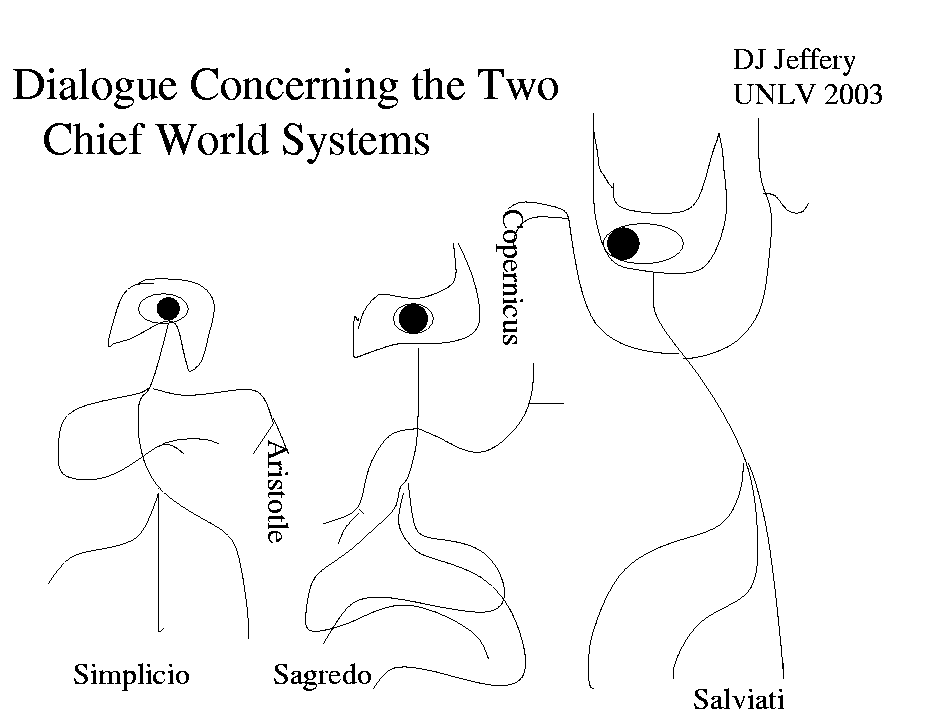
Image 1 Caption: Frontispiece and title page of Dialogue Concerning the Two Chief World Systems (1632) by Galileo Galilei (1564--1642).
Features:
- The people in the frontispiece
are NOT the
interlocutors of the
Dialogue,
but are, from
left to
right,
Aristotle (384--322 BCE),
Ptolemy (c.100--c.170 CE),
and
Nicolaus Copernicus (1473--1543)---their
names are printed on their
gowns if you look closely.
- The dialogue is
among 3
friends: a defender of
Copernicanism
(Galileo's spokesman
Salviati),
a knowledgeable neutral
(Sagredo),
and an Aristotelian
Simplicio
whose name is suggestive lack of deep understanding, but also of
Simplicious of Cilicia (c.490--c.560),
the last classical philospher
who was both
a Neoplatonist
and an Aristotelian.
- See
Dialogue (extract in English)
with translation
by Stillman Drake (1910--1993).
- Image 2 Caption: A cartoon of Salviati, Sagredo, and Simplicio.
- By the by, the Dialogue was intended as popular as well as an advanced scientific book---a thing still possible in Galileo's day and was written in Italian, NOT Latin. Galileo was one of the pioneers in the use of the vernacular in works of scholarship. Recall Galileo's first famous book the Sidereus Nuncius (1610, in English The Star Messenger) had been written in Latin.
- Among other talents, Galileo is considered a master of Italian prose style.
- The Dialogue, is a vigorous argument for heliocentrism.
- But, ironically, it is NOT a very good argument for heliocentrism because famously Galileo's favorite argument for heliocentrism is from his theory of the cause of the tides which is essentially wrong. He spends all Day Four of the Dialogue expanding on his theory of the cause of the tides.
In fact, Galileo had NEVER seen ocean tides, just the puny Adriatic Sea tides: tides for which his theory seems to offer a partial explanation.
Kepler was on the right path---the Moon is the cause of the tides (see Wikipedia: Theory of tides: Modern era). Which is somewhat obvious since the tides track the Moon.
Shoreline effects can mask the main tide behavior and this was Galileo's situation. Ocean tides are just sailors' yarns after all.
- There is, of course, lots of good science in the Dialogue too. However, Galileo's great work on his discoveries and developments physics and engineering appear in his later book Two New Sciences (1638).
- Image 2 Caption: A cartoon of Salviati, Sagredo, and Simplicio.
-
Images:
- Credit/Permission:
Galileo Galilei (1564--1642)
(author),
Stefano della Bella (1610--1664)
(frontispiece),
Giovanni Battista Landini (publisher),
1632 (AKA MDCXXXII)
(uploaded to Wikipedia
by
User:David J. Wilson,
2007) /
Public domain.
Image link: Wikipedia: File:Galileos Dialogue Title Page.png.
- Credit/Permission: ©
David Jeffery,
2003 / Own work.
Image link: Itself.
File: Galileo file: galileo_dialogue.html.
